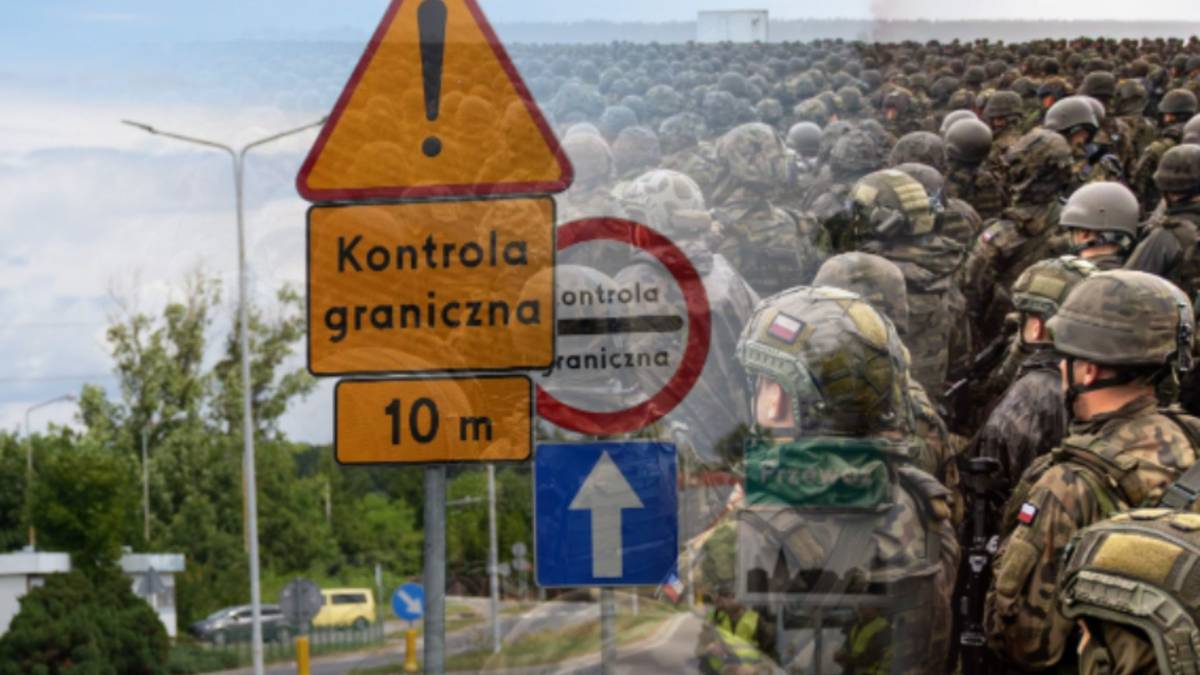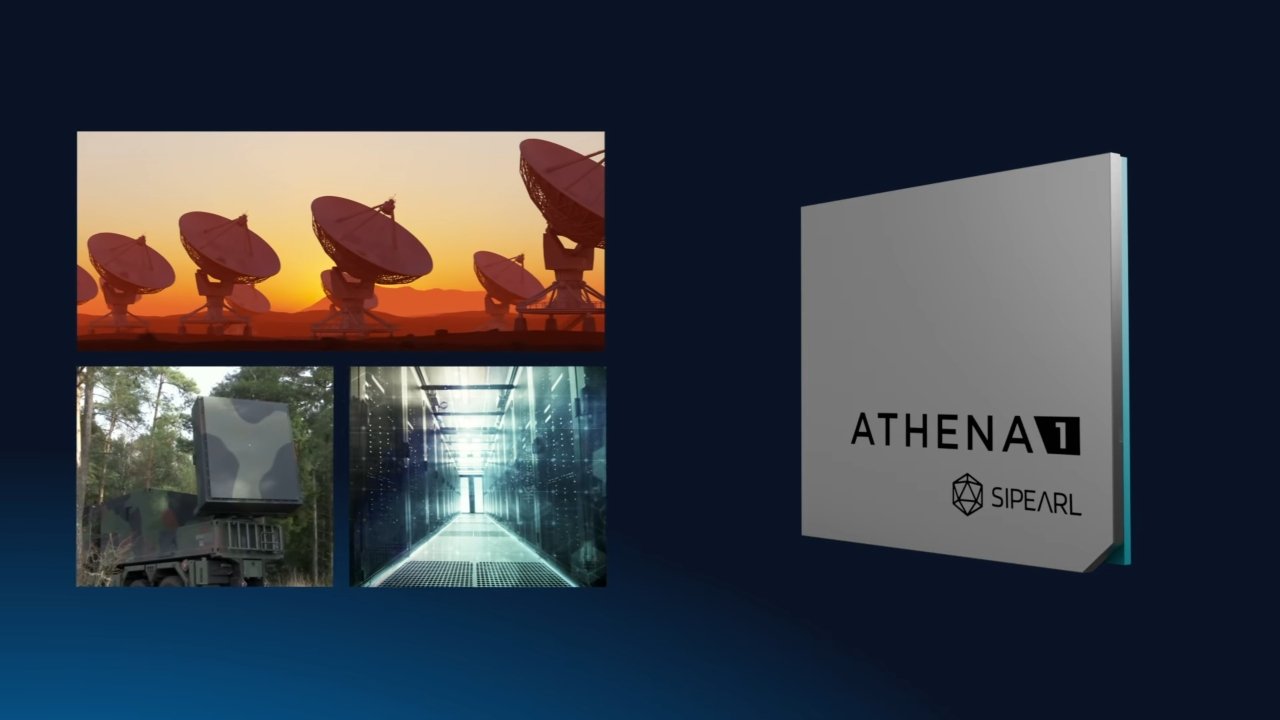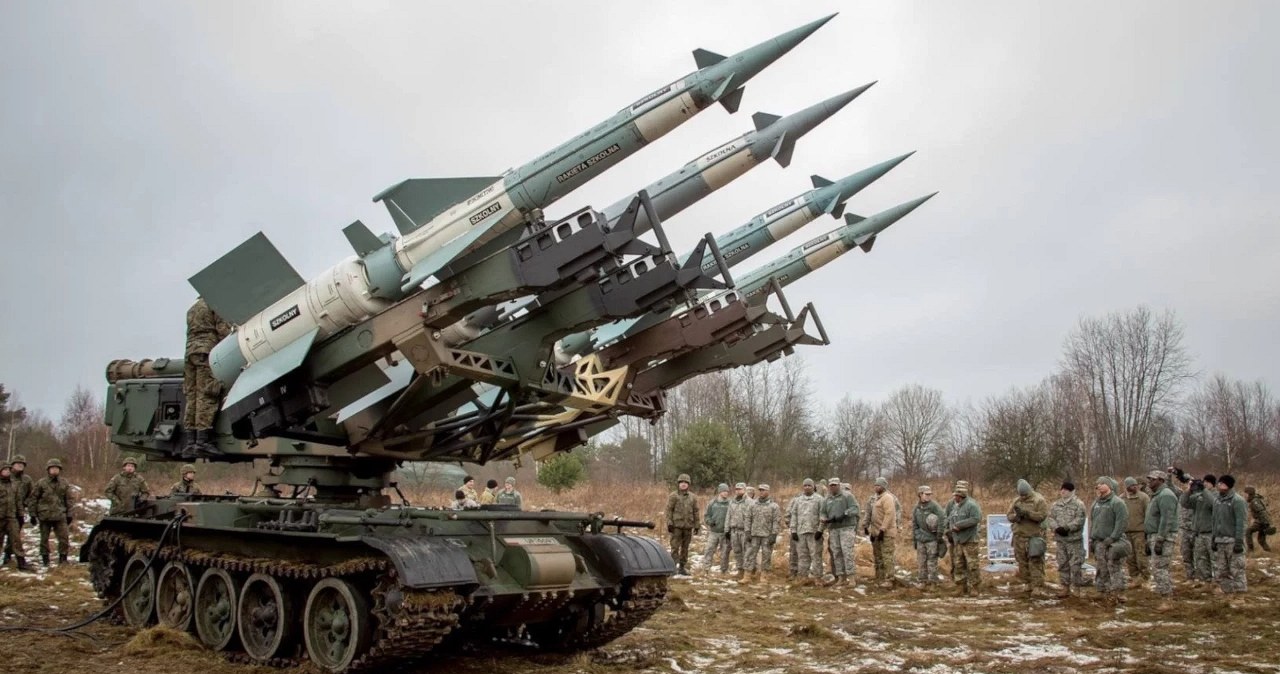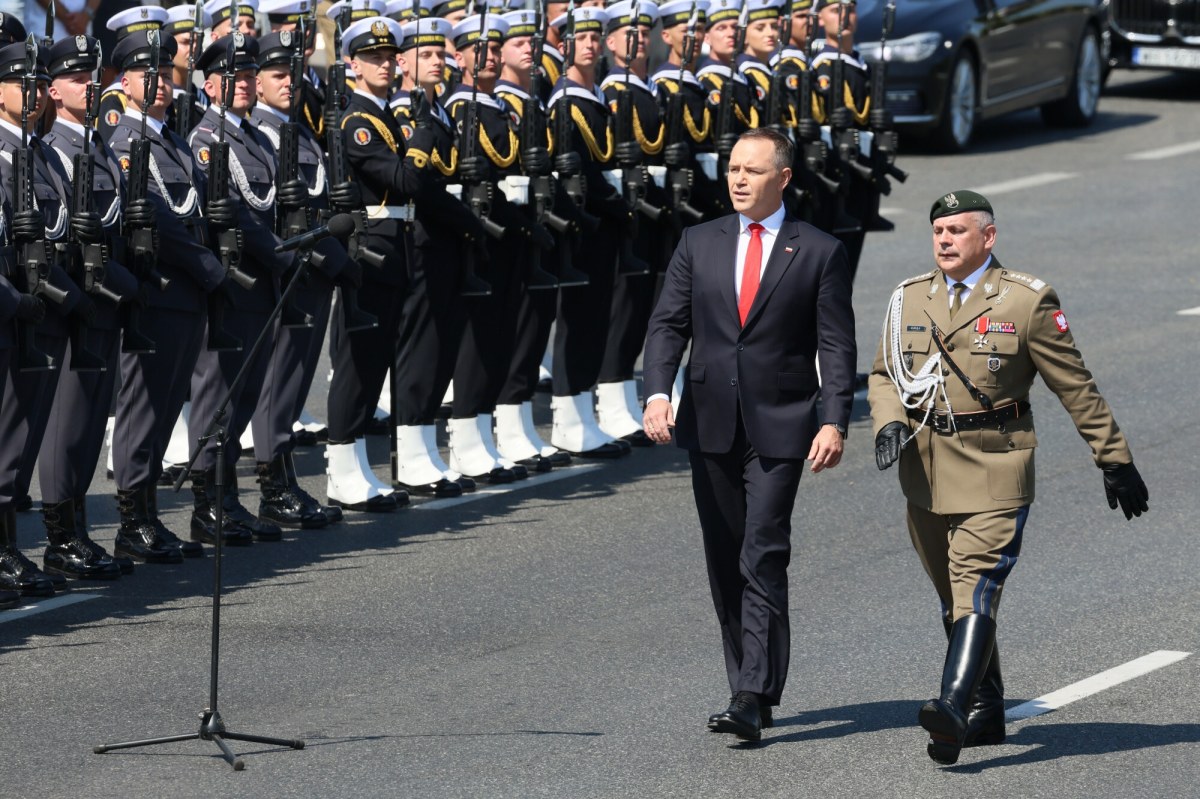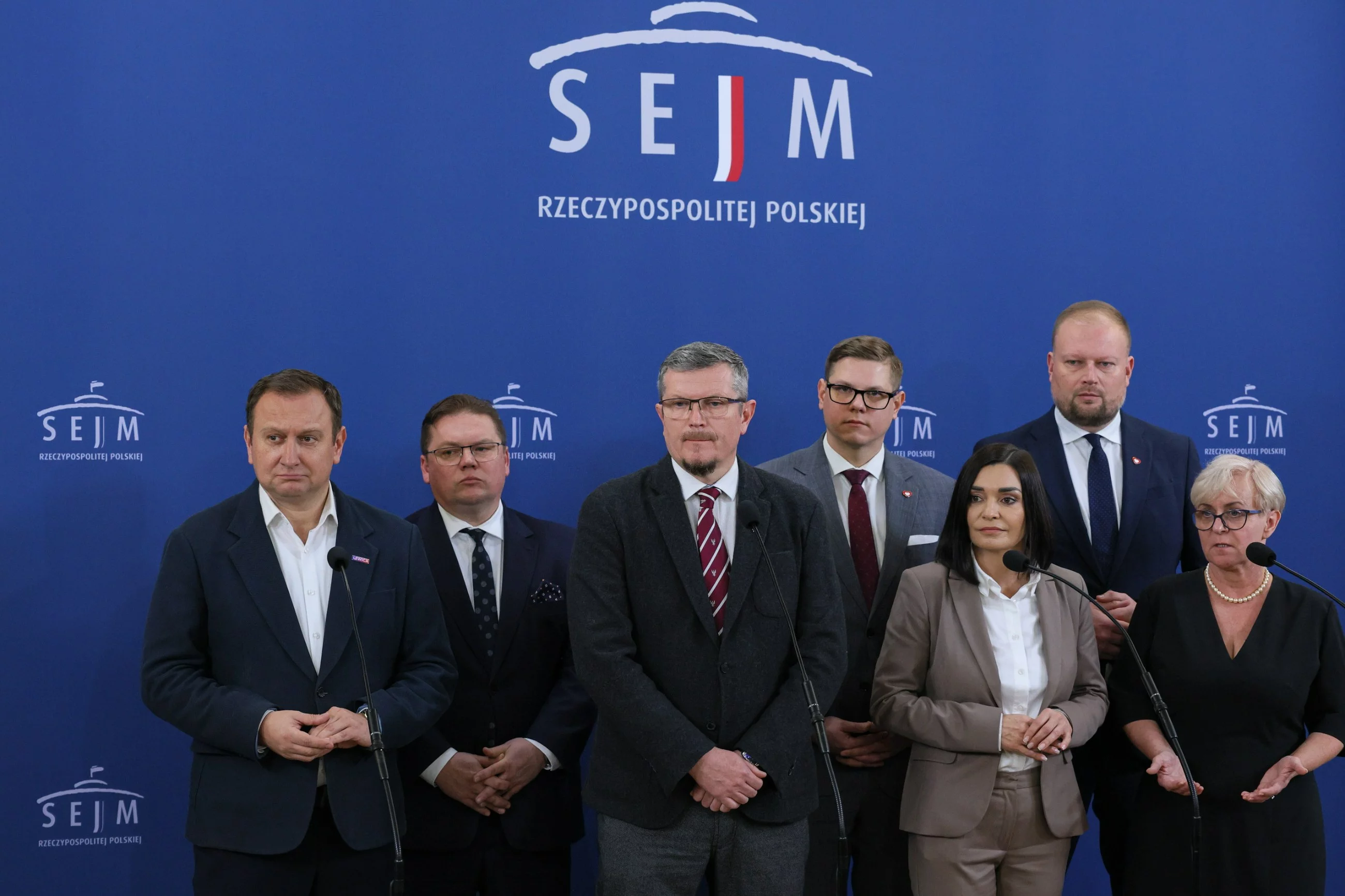 K21 / photograph of South Korean Armed Forces, CC-BY-SA 3.0
K21 / photograph of South Korean Armed Forces, CC-BY-SA 3.0As early as 1999, the Korean National Defence investigation Institute (ADD) decided to make its own version of the combat infantry car. States with a advanced degree of industrialization and experience in the construction of combat vehicles, are able to supply their own armed triad of basic combat vehicles - primary tanks, combat infantry and self-propelled Haubice. This is no different for Korean decision makers in the arms sector. After the construction of its own K1 ROKIT tank and the K9 Thunder self-propelled drumber, a combat infantry car called KNIFV (Korea Next-generation Infantry Fighting Vehicle) was built.
Korea's armaments manufacture has been producing the K200 KIFV (Korea Infantry Fighting Vehicle) since 1986, but this vehicle was based on the plan of the M113 armored transporter and was not a full modern combat vehicle. In early 2005, 3 XK21 prototypes (K300) were created in the Doosan Infracore company to test all the basic elements of the fresh vehicle. For comparison, our Borsuk's improvement was based only on 1 prototype. Of course, as with another vehicles, the Koreans fed on proven technologies of Western countries, specified as 2519-T87 aluminum armor with increased corrosion opposition under stress, as well as serving as an additional reinforcement of the armor ceramic cover plus fiberglass, technology borrowed from American studies of an experimental amphibious EFV combat car.
The fast pace of plan work, the Korean army besides had a crucial influence on the possession by the Korean army of Russian vehicles of this category BMP-3 (33 vehicles delivered between 1996 and 98, plus 37 units in 2005-06), this allowed designers to make a suitable concept of protecting the fresh car from the weapons of the main Russian combat vehicles, which could possibly be found in the arsenal of the northern enemy and in the Chinese land troops, defined by Seoul as a possible threat.
The polygon tests were completed in 2007 and after the removal, as it turned out, insignificant faults, in November 2009 the serial production of the K21 combat vehicles (after a ten-year period of development) began. The Army of the Republic of Korea planned to induct about 466 BWP into service.
 Graphics: Jarosław Janas
Graphics: Jarosław JanasThe Korean car is equipped with a turbocharged diesel engine D2840LXE V-10 from Doosan with a power of 750 hp. At a mass of 25.6 tons, this gives him a power to mass ratio of about 29 hp/t. In later vehicles, an 840 hp engine is installed. The HMPT 500-4EK continuous transmission from S&T Dynamics works with the engine. The gearbox is manufactured under licence and based on the well-known HMPT 800 by L-3 Communications. The engine power allows to scope a maximum velocity of 70 km/h on the road and 40 km/h on the ground, the velocity in water is 6 km/h (according to another sources 7 km/h). For swimming, the vehicle uses the first solution - peculiar airbags, filled with air before pushing the water barrier and drawn out from the side guards of the moving system.
The suspension traditionally in Korea is based on a hydropneumatic strategy akin to the 1 utilized in the K2 Black Panther, but the carrier wheels cannot be individually controlled, so K21 cannot bend in any direction. The vehicle has a classical plan system, a drive strategy is placed in the hull at the front on the right side, the driver's position is on the left. In the rear of the hull is simply a landing compartment for 9 soldiers. In the mediate of the hull, a two-man tower was placed with the commander and the weapons operator.
The 40mm L/70 K40 automatic cannon of S&T Dynamics was utilized as the main weapon, which is simply a licensed version of the Swedish version of Bofors 40mm, which is besides equipped with a CV9040 vehicle. The armat is powered bilaterally, with 2 magazines of 24 rounds each. The choice of specified an different weapon for the BWP from the point of view of the Koreans is most legitimate, as a large caliber cannon allows for increased coverage and effectiveness of the main weapon, including for air purposes (Bofors 40mm was originally created as a game cannon). In addition, an integrated 7.62 mm M60E42 device weapon is used. On the left frame of the tower, a double AT-1K Raybolt anti-tank rocket launcher (Cor. Hyeongung) is mounted.
The combat infantry car K21 became the mark of a marketing run aimed at selling this successful vehicle abroad. The K21 vehicle sought to attract the armed forces of Azerbaijan, Saudi Arabia and the United arabian Emirates. K21 as 1 of 3 combat vehicles for Poland, very much liked the Polish MON, which expressed the desire to buy besides this vehicle, in addition to the heavier AS21 Redback vehicle (this vehicle takes part in an Australian tender). As estimated by experts, the planned expenditure is expected to scope a minimum of PLN 750 billion over 7 years, which is about 110-120 billion per year. This is more than the full MON budget of this (58 billion) and the next (82 billion) year.



